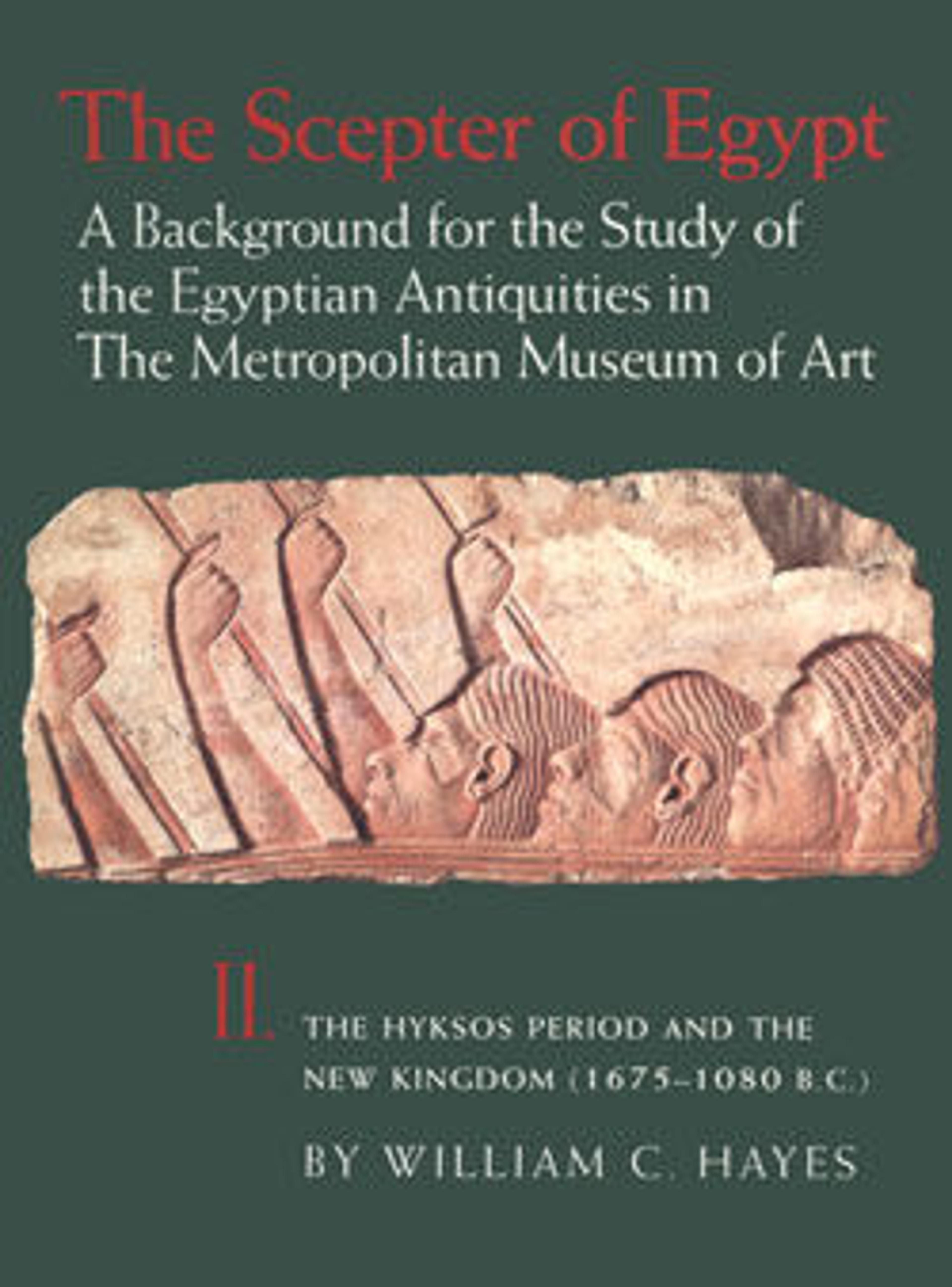Scarab with a Kneeling Pharaoh and the Name Menkheperre (Thutmose III)
A man faces right and kneels down on his right knee. He is identified as the pharaoh by his crown, the Double Crown of Upper and Lower Egypt dressed with a uraeus on the front. However, the chin displays no royal beard. Within the kneeling figure details are carefully engraved, such as the folds of his kilt with ritual apron (sporran), a belt, a wesekh-collar around his neck, and the facial traits. Behind his back are the heqa-scepter and the nefer-hieroglyph, together forming the royal epithet ‘good ruler’, which was not frequently used on scarabs but is known to be associated with royal names of Dynasty 18 (ca. 1550-1295 B.C.). The king raises his right hand in front of him in a gesture of adoration while his left hand is stretched out to support an oval. The oval is suggestive of a cartouche and is inscribed with the name Menkheperre, known mainly as the throne name of Thutmose III (Dynasty 18, ca. 1479-1425 B.C.). The horizontal signs in front of the king are a debased rendering of the well-known royal title Lord of the Two Lands. A small dot in the upper left of the composition may refer to the sun disk of Re.
Artwork Details
- Title: Scarab with a Kneeling Pharaoh and the Name Menkheperre (Thutmose III)
- Period: New Kingdom
- Dynasty: Dynasty 19–20
- Date: ca. 1295–1070 B.C.
- Geography: From Egypt
- Medium: Steatite
- Dimensions: L. 2 × W. 1.4 cm (13/16 × 9/16 in.)
- Credit Line: Gift of Helen Miller Gould, 1910
- Object Number: 10.130.121
- Curatorial Department: Egyptian Art
More Artwork
Research Resources
The Met provides unparalleled resources for research and welcomes an international community of students and scholars. The Met's Open Access API is where creators and researchers can connect to the The Met collection. Open Access data and public domain images are available for unrestricted commercial and noncommercial use without permission or fee.
To request images under copyright and other restrictions, please use this Image Request form.
Feedback
We continue to research and examine historical and cultural context for objects in The Met collection. If you have comments or questions about this object record, please complete and submit this form. The Museum looks forward to receiving your comments.
